-
 © Josh Bryan/RM Sotheby's
© Josh Bryan/RM Sotheby's -
 © Richard Heseltine
© Richard Heseltine -
 © RM Sotheby’s
© RM Sotheby’s -
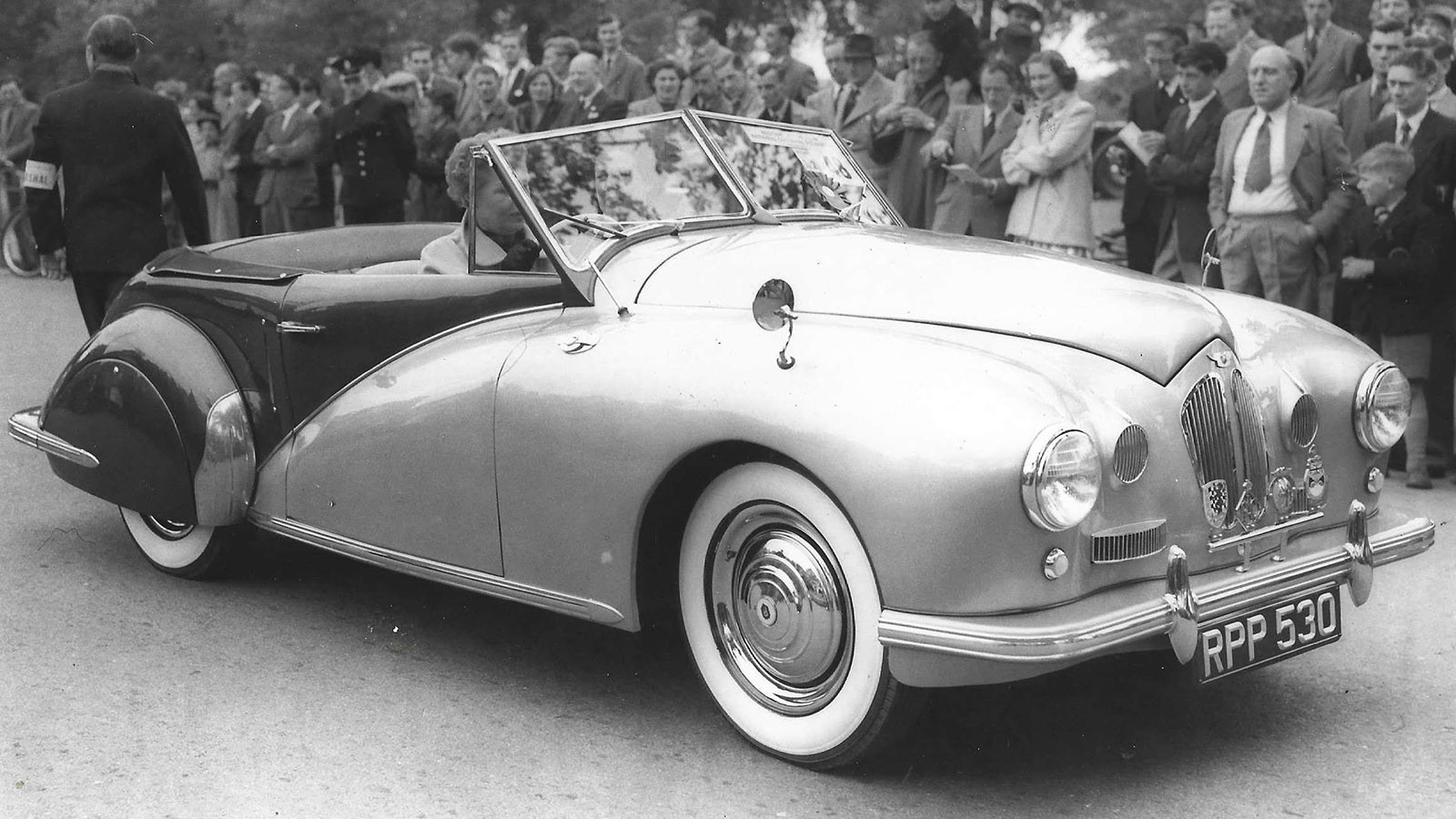 © Richard Heseltine
© Richard Heseltine -
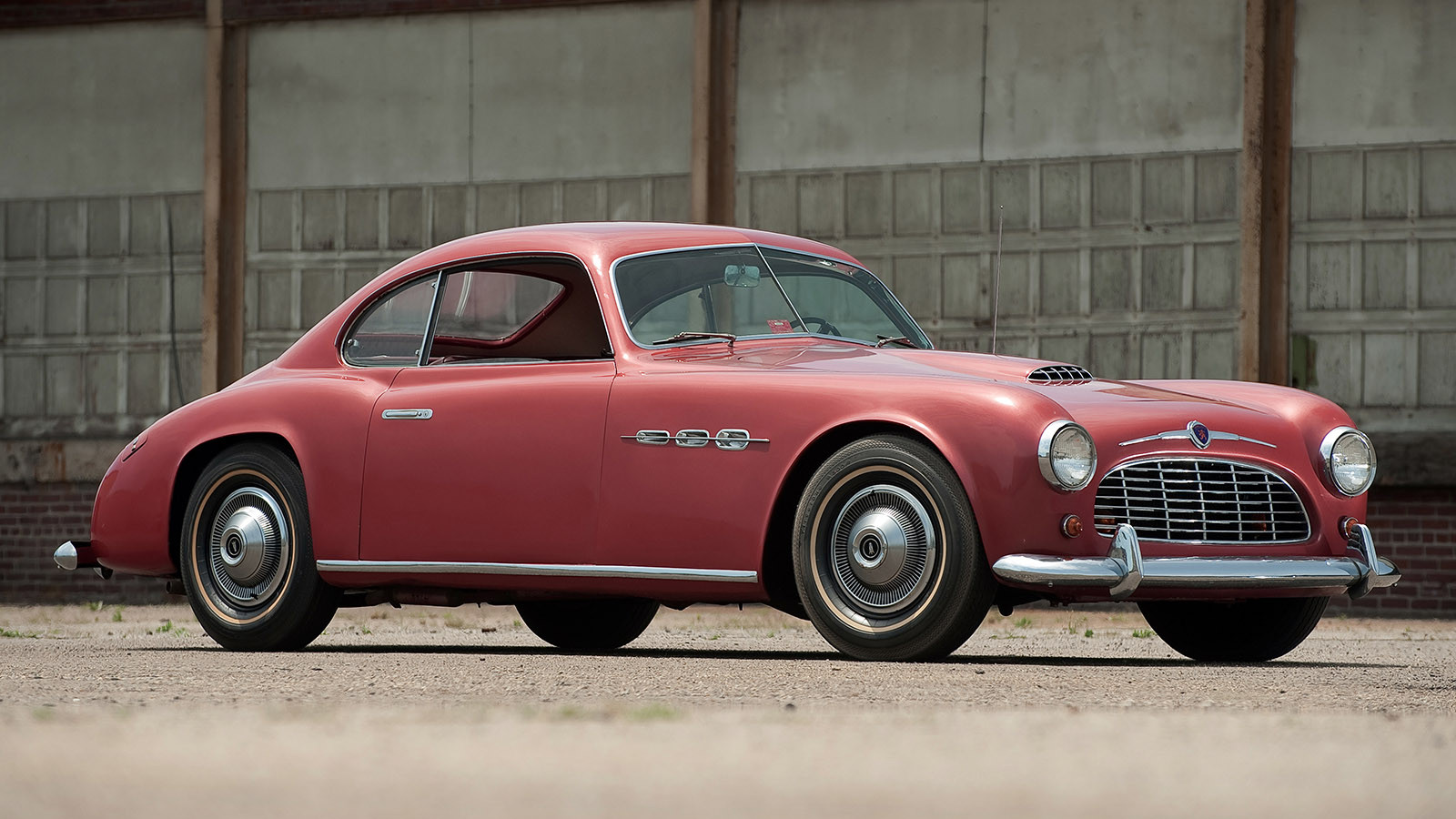 © Darin Schnabel/RM Sotheby’s
© Darin Schnabel/RM Sotheby’s -
 © Richard Heseltine
© Richard Heseltine -
 © Richard Heseltine
© Richard Heseltine -
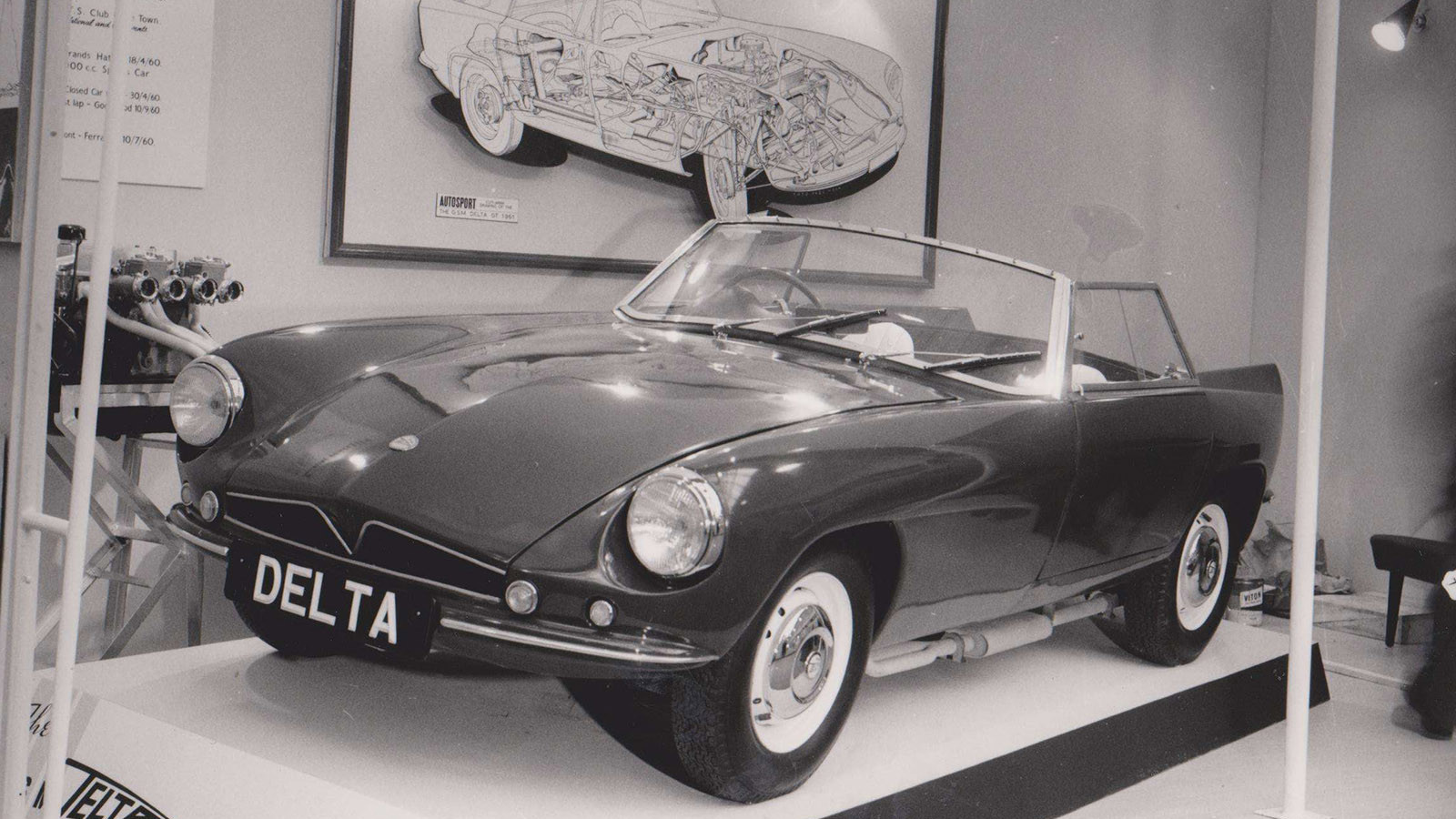 © Richard Heseltine
© Richard Heseltine -
 © RM Sotheby’s
© RM Sotheby’s -
 © Josh Bryan/RM Sotheby's
© Josh Bryan/RM Sotheby's -
 © RM Sotheby’s
© RM Sotheby’s -
 © Richard Heseltine
© Richard Heseltine -
 © RM Sotheby’s
© RM Sotheby’s -
 © RM Sotheby’s
© RM Sotheby’s -
 © Richard Heseltine
© Richard Heseltine -
 © Richard Heseltine
© Richard Heseltine -
 © Ned Jackson/RM Sotheby's
© Ned Jackson/RM Sotheby's -
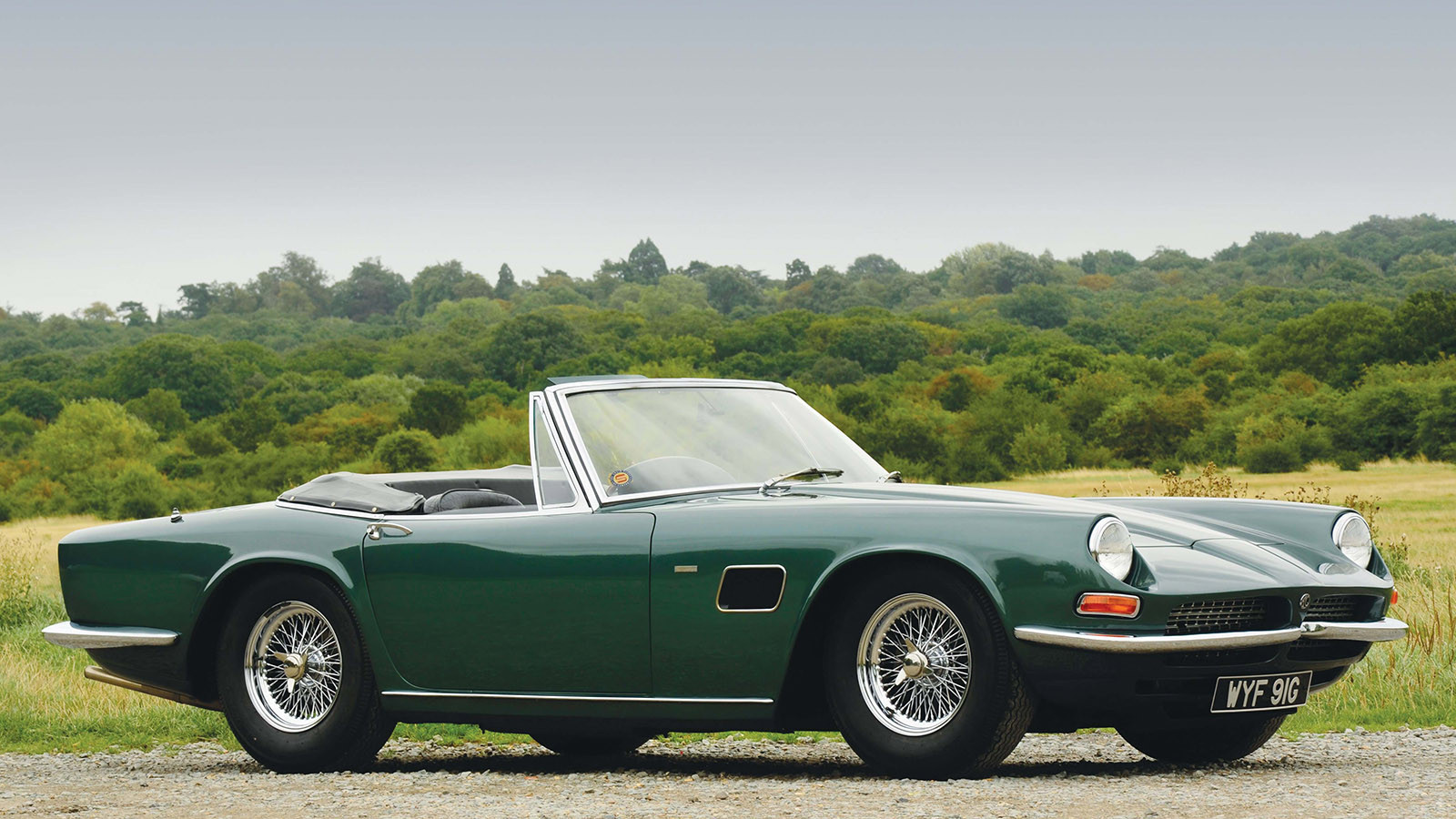 © RM Sotheby’s
© RM Sotheby’s -
 © Tim Scott/RM Auctions
© Tim Scott/RM Auctions -
 © Diana Varga/RM Sotheby’s
© Diana Varga/RM Sotheby’s -
 © Richard Heseltine
© Richard Heseltine -
 © Richard Heseltine
© Richard Heseltine -
 © Josh Sweeney/RM Auctions
© Josh Sweeney/RM Auctions -
 © Richard Heseltine
© Richard Heseltine -
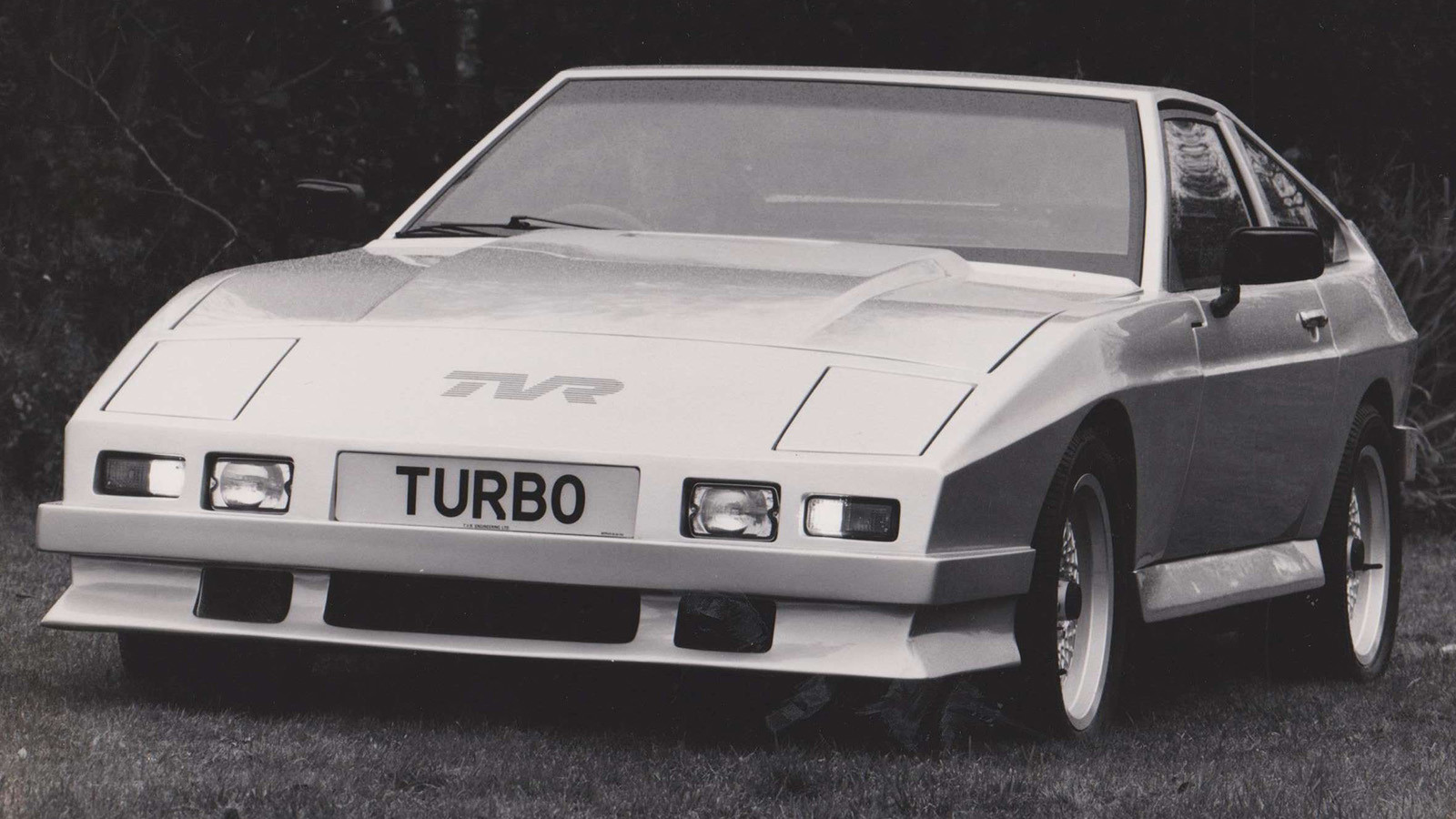 © Richard Heseltine
© Richard Heseltine -
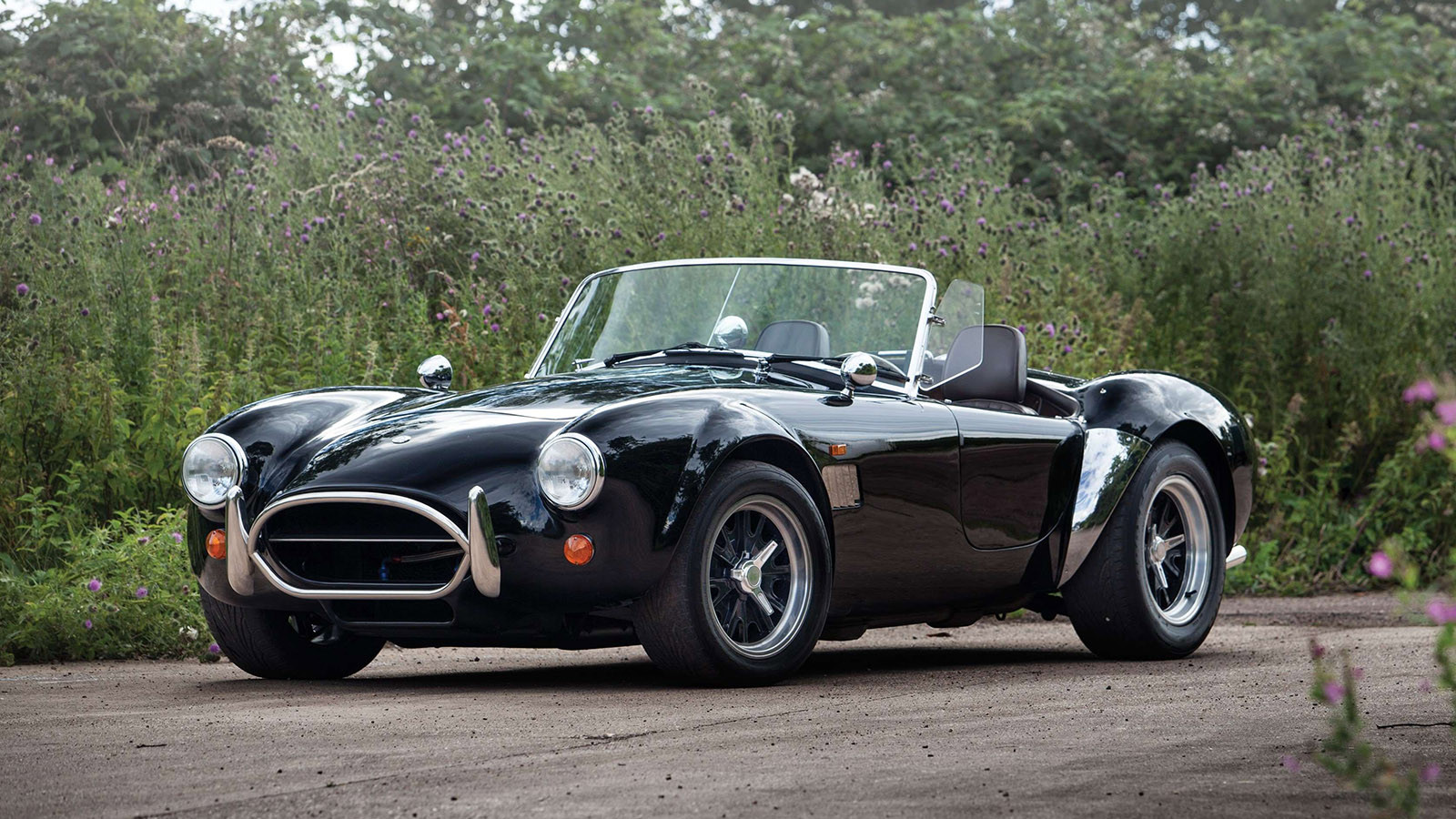 © Tom Gidden/RM Auctions
© Tom Gidden/RM Auctions -
 © RM Sotheby’s
© RM Sotheby’s -
 © Richard Heseltine
© Richard Heseltine -
 © Richard Heseltine
© Richard Heseltine -
 © Richard Heseltine
© Richard Heseltine -
 © Boris Adolf/RM Sotheby's
© Boris Adolf/RM Sotheby's
-
Powered by Ford
No other mainstream car manufacturer has embraced independent players quite as energetically as Ford.
Whereas many of its rivals have historically kept smaller auto makers at arm’s length, the Blue Oval has provided support of the overt and tacit variety for as long as we can remember.
Ford engines large and small have powered hundreds of different makes and models, most famously the Carroll Shelby-instigated Cobra.
The badges on the flanks read ‘Powered by Ford’ which spoke volumes, Shelby American and its paymaster basking in the reflective glow of the car’s on-track success.
Naturally, the Cobra features in our rundown of Ford-powered, non-Ford machinery, but our pick includes some cars that were faster, some that were conspicuously slower, and some that were rarer (not necessarily by design).
None, we suggest, are boring.
-
1. Dellow
Sports cars were in short supply in the UK during the immediate post-war years.
Dellow Motors Ltd filled the gap for an enthusiasts’ car that could be used in sporting trials, rallies and hillclimbs.
The first production Dellow with 1172cc Ford sidevalve power was made by the Worcestershire firm in 1949, variations on the theme remaining on sale until 1956.
-
2. Allard J2
The year 1950 saw the emergence of the car with which the Allard marque is perhaps most famously associated: the mighty J2.
This cycle-winged machine and the subsequent J2X (which had revised front suspension and a repositioned engine) established the brand in the USA, the Ford flathead V8 being among the many engine options.
-
3. Paramount
Manufactured in two locations in Derbyshire and later in Leighton Buzzard, Bedfordshire, the Paramount was offered from 1950 to 1956.
Power came from either a 1172cc Ford sidevalve or 1508cc Ford Consul engine (a supercharger was available as an option). As many as 72 were made.
-
4. Italmeccanica IT160
The union of Italian styling flair and bang for your buck American horsepower has resulted in many landmark cars. The Italmeccanica IT160 wasn’t among their number.
This short-lived curio was conceived in 1950, the styling having been attributed to Stablimenti Farina.
Power came from a Ford flathead V8 (a second prototype featured a Cadillac unit).
This US-funded enterprise sadly came to nothing.
-
5. Allard P-type
In 1952, Sydney Allard, Tom Lush and Guy Warbutton guided their P-type to victory on the Rallye Monte-Carlo (Stirling Moss was second in a Sunbeam Talbot 90).
It marked the first time a British driver had triumphed in 21 years, the last time being Donald Healey in an Invicta. P-types were powered by Ford and Mercury flathead V8s.
-
6. Allard Palm Beach
And here is our third Allard…
There was also a concerted attempt by the marque to make a smaller sports car, the Palm Beach being offered in various types from 1952 with four-cylinder Ford Consul or straight-six Zephyr power (one had a Chrysler V8).
A subsequent version also spawned two coupe variants, one with a 3.4-liter Jaguar XK unit.
-
7. GSM Delta
Auto maker GSM punched above its weight in its native South Africa and when manufactured in Kent, in the UK.
The Glassport Motor Company came into being in 1958, the British-made GSM Delta being sold with a variety of engines including Ford 100E and 105E units.
A works car was raced with great success in 1961 by former British Saloon Car Champion, Jeff Uren.
-
8. Ginetta G4
Introduced at the end of 1960, but first seen publicly at the January 1961 Racing Car Show, the pretty G4 put Ginetta on the map.
The firm run by Bob, Trevers, Ivor and Douglas Walklett enjoyed great success on-track with assorted variants, engines including all manner of four-cylinder Ford and Lotus twin-cam engines (the latter engine having been derived from a Ford unit).
-
9. AC Ace
The sublime AC Ace was variously powered by an own-brand engine and the Bristol straight-six before the 2.6-liter ‘Ruddspeed’ Ford-engined variant arrived in 1961.
Identifiable by its reprofiled nose and smaller grille, it was equipped with a 2553cc six-cylinder Blue Oval unit that was available in four distinct states of tune.
A mere 37 were made to 1963.
-
10. Shelby/AC Cobra
Easily the most replicated car on the planet, the Cobra never was a big seller in period.
However, it was seriously fast, the insertion of a small-block Ford V8 into the pert AC Ace resulting in a car that entered into legend the instant it was released in 1962.
This was due in no small part to its on-track prowess.
-
11. Reliant Sabre 6
Introduced in 1962, the Sabre 6 was rooted in the prior Sabre 4, which in itself was spun off the Sabra which Reliant developed for Israeli start-up, Autocars (which employed an adapted Ashley kit car bodyshell).
Powered by a 2.6-liter Ford straight-six unit, the Sabra 6 was quick and works cars were rallied extensively.
-
12. Griffith 200/400
Andrew Jackson ‘Jack’ Griffith had been engaged in a high-performance conversion for the Ford Falcon Sprint only to hit the buffers when Ford announced the Mustang.
Unbowed, the American entrepreneur changed tack and installed a 289cu in Ford V8 into a lightweight TVR Grantura MkIII
Launched in April 1964 as the Griffith 200, it was rough around the edges but blisteringly quick. Griffith Car Corporation unleashed the uprated 400 in November of that year.
-
13. Sunbeam Tiger
A poor man’s AC Cobra to some, a rich man’s Sunbeam Alpine to others, the Tiger was something of a cuckoo in the nest in the 1960s.
Produced by the Rootes Group which owned brands such as Sunbeam, Hillman and Humber, this appealing roadster was powered by a small-block Ford V8 of varying displacements.
While near identical stylistically to the Alpine that bore it, it was much faster.
Factory-entered cars were rallied with gusto, while fastback-bodied Tigers competed at Le Mans.
-
14. Ginetta G10
Ginetta attempted to tap in to the lucrative Stateside market with the 4.7-liter Ford V8-engined G10.
Launched at the Racing Car Show in 1965, the G10 roadster was well received.
That said, some onlookers couldn’t help but point out its hazy resemblance to an MGB.
This was understandable, given that it incorporated the Abingdon car’s doors and windshield. Only three were made.
-
15. TVR Trident
The Trident was meant to lend TVR a more aspirational image, stylist Trevor Fiore reworking a proposal he had previously put forward to Lea-Francis, while Italian coachbuilder Fissore was roped in to build prototypes.
Just four cars were made in open and closed forms, each equipped with a small-block Ford V8 engine.
The design never got to wow a wider audience as a TVR after parent company Grantura Engineering folded in 1965.
-
16. Trident Clipper
Following the collapse of TVR in late 1965, the Trident became a marque in its own right under former TVR dealer, Bill Last.
He adopted the design, producing variations on the theme from 1966 to 1977, the Ford V8-engined Clipper being the most well recognized.
-
17. AC 428
Cobra influences are well disguised here stylistically, but the shared DNA was clear cut.
AC’s slinky 428 employed an elongated variation of the coil-sprung, British-market MkIII chassis, while power came from a 428cu in V8, as employed in the Ford Galaxie.
The car’s seductive shape was mapped out by Pietro Frua and the car was launched in late 1965, in open form. A closed variant followed in March 1966.
Production spanned nine years during which time a mere 81 cars were made.
-
18. De Tomaso Mangusta
Styled by the great Giorgetto Giugiaro during his brief spell at the Ghia styling house, the Mangusta employed a backbone chassis with a small-block Ford V8 sited amidships.
Manufactured from 1967 to 1971, 401 cars were made including a lone open-top version.
-
19. Marcos 3-Litre
The arrival of a 3-liter Ford V6-engined Marcos in 1969 caused a marked turnaround of fortunes for the Wiltshire car maker.
Rod Stewart bought one (he had previously owned a 1.6-liter, Ford-engined car), as did TV presenter John Noakes as well as actor and director Sam Wanamaker.
One even went to president of the Ford Motor Company, Semon ‘Bunkie’ Knudsen.
-
20. Reliant Scimitar
The Reliant Motor Company carved out a niche of its own following the arrival of the Scimitar GTE in 1968.
This Ogle-designed, fiberglass-bodied sports-wagon had no obvious rivals.
Powered by a 3-liter Ford V6 engine, it was quick and practical, variations on the theme remaining on sale to the mid-1980s.
It was relaunched under the Middlebridge banner in 1989.
-
21. De Tomaso Pantera
Unveiled at the 1970 New York show and sold in the USA via selected Lincoln-Mercury dealers, the Pantera had a lot going for it.
Powered by a 351cu in Ford V8 and styled by Tom Tjaarda, it was a genuine supercar with backing from the Detroit giant.
However, warranty claims soon began to mount up to the point that Ford ended its involvement in 1972.
Unbowed, De Tomaso continued to offer variations of the Pantera in Europe to as late as 1993.
-
22. Ruger Sports
The 1960s witnessed the emergence of the ‘neo-classic’, modern cars styled along the lines of pre-war icons, with Excalibur to the fore.
The Ruger Sports Tourer could have been a serious rival, but the Bentley-esque roadster made like the mayfly almost as quickly as it appeared in 1970.
The car was conceived by William Ruger, a firearms manufacturer who owned a stellar collection of 1920s and ’30s classic cars.
The fun bit was the choice of engine: a 427cu in Ford V8. However, only two prototypes were made, both of which were retained by William Ruger until his death in 2002.
-
23. TVR 3000S
Arguably the prettiest of the many and varied TVR M-Series GTs produced during the 1970s, the 3000S differed greatly from its siblings.
The removal of the roof was only part of the makeover, the nose, doors, windshield and tail section each receiving a tweak.
Introduced in 1978, the Ford V6-engined roadster was sold in the UK and in North America. As many as 258 were made by the Blackpool-based brand.
-
24. TVR Turbo
This chisel-nosed one-off was rooted in the Tasmin production car.
The legend ‘Turbo’ was stenciled onto the rear glazing, a clue if one was needed that the Tasmin’s 2.8-liter Ford V6 was packing forced induction.
The prototype was displayed at the 1981 British International Motor Show in Birmingham, but TVR’s new chairman, Peter Wheeler, had by then concluded that V8-engined wedge-shaped cars were the future.
-
25. AC MkIV
Created by Cobra Parts/Autokraft chief Brian Angliss, the AC MkIV was a Cobra in all but name. What’s more, it had direct lineage to the original AC marque.
Powered by a 302cu in Ford V8, it was more comfort-orientated than the original, but it’s all relative.
The first of the line arrived in 1978, production properly getting under way in 1982. Around 450 were made until 1996.
-
26. Panther Kallista
Panther created a raft of pre-war-inspired models during the 1970s, not to mention six-wheeled supercars and customized Range Rovers.
However, it came unstuck at the end of the decade, but lived to fight another day under Korean ownership.
The new keepers initiated the Kallista in 1982, which echoed the prior Lima roadster, only it was bigger and employed 2.8-liter Ford V6 power rather than a four-cylinder Vauxhall unit.
A handful were also made in Korea in 1992 and badged as a SsangYong Kallista.
-
27. Corry Cultra
The Davrian-derived Cultra was conceived by Ulsterman Will Corry.
Launched in late 1983, and powered by a mid-mounted 1.6-liter Ford unit, only competition versions were offered initially.
There was bold talk of homologating the Cultra as a Group B supercar to take on the likes of the Ford RS 200 and MG Metro 6R4, but it wasn’t to be.
Road car sales began in 1984 and ended soon after.
-
28. Ginetta G32
The Walklett brothers returned to the production-sports-car arena with the Ford CVH-engined G32.
The Essex-born Toyota MR2 rival was first seen at the 1986 British International Motor Show, but production didn’t commence for another three years.
It ended in 1992, by which time Ginetta was under different ownership; a mere 115 had been made.
-
29. Spectre
Originally known as the GTD R42, this 4.6-liter Ford V8-engined supercar was devised by legendary hot rodder (and former professional wrestler) Ray Christopher.
His dreamchild was unveiled at the 1993 London motor show, only to enter production under different ownership and with a new name.
An evolutionary variation, the R45, reached the prototype stage, but Dorset’s dalliance with exotica was over by 1998.
-
30. Qvale Mangusta
The distinctively styled De Tomaso Biguá attracted the attention of Kjell Qvale, who had been a US concessionaire during the 1960s.
The hard-nosed tycoon wanted to rework it for the Stateside market.
The relationship between the marque and the motor mogul was rekindled, a deal was struck, the car was restyled and a new factory was built in Italy.
Then relations soured appreciably. As such, it could no longer be called a De Tomaso.
The car was rebranded as the Qvale Mangusta and sold from 1999 to 2002. The rights were then sold to the MG Rover Group.
